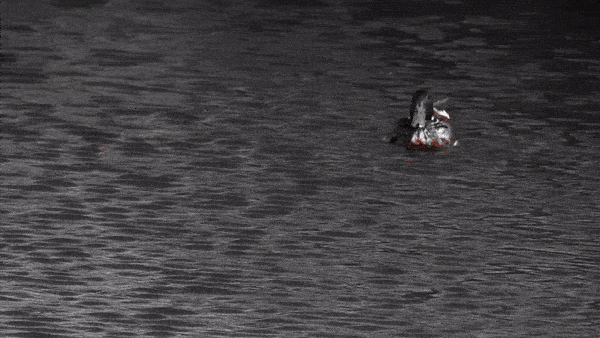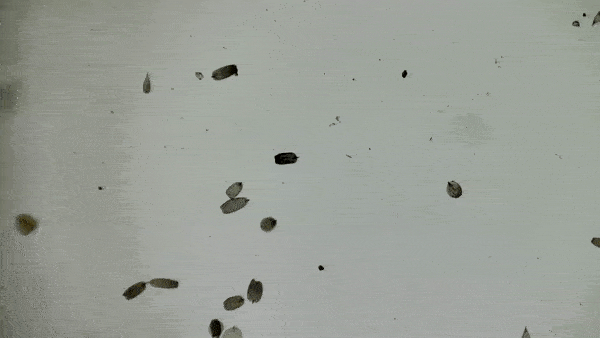If you think about it, it's always the simplest things that bring the greatest joys.
Like turning on the air conditioning on a hot summer day while you are sitting in your Tesla model S, or when you get the first dibs to get on a flight because you have business class tickets. You get the idea.
Similarly, birds taking off to fly might look a simple process, but take a closer look and it makes it so enticing to watch.
You see, birds have to generate enough lift to fight the grab of the monster called gravity.
And water is no fun, try throwing punches in the air as compared to water. Air provides much more satisfaction, plus you don't have to clean up all the water spillage which your parents are now asking to clean up.
So how do they do it? They will use their first wing beat to push against the surface of the water, then once they are semi-airborne, they will rapidly run on the surface of the water while flapping their wings to generate lift.
By the way, mallards can skip the runway step if needed, just one wing beat to get on the water surface, then rapidly beat the wings to take off.
Ducklings will take up to 2 months to learn to fly so it is beneficial to stay close to mom who can protect them. Hence it is a terrible idea to go close to a gang you see crossing a street, because you might accidentally spook the mom and she will take off leaving the poor ducklings by themselves which you should use to get at least 100 Instagram followers.
Ducklings will learn to swim the moment they reach water, but it will take them some time to find out what food to eat.
Below is a female Mallard raising her ducklings all by herself while the ducklings are asking their mom what they will find out about their father if they take the 23&Me test.(Why is dad not around?)
Do you ever see Silverfish running around your house and you say to yourself "I wish they could jump".
Stand back, your prayers have been answered, presenting Jumping Bristletails. They might look similar to Silverfish but they have evolved separately.
For starters, they haven't evolved enough to infest our homes, so you will need to go outside where they will be seen feeding on lichen and detritus.
Below are the eyes of a jumping Bristletail, the compound eyes are up front unlike the eyes on the sides like the silverfish and other insects.
If a predator gets too close, they will slap their abdomen against the ground and hurl their bodies away from that danger spot.
They are not graceful landers and will not qualify in the Olympics for the long jump competition.







No comments:
Post a Comment
Did you learn something new in this post? Let us know in the comments below